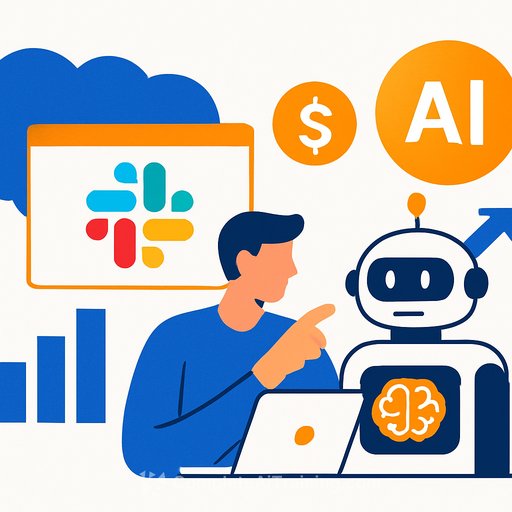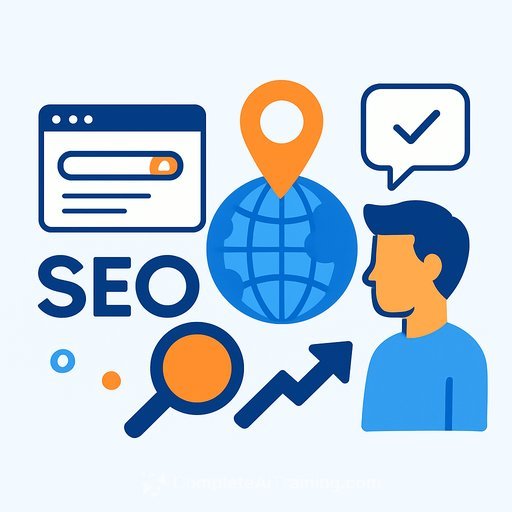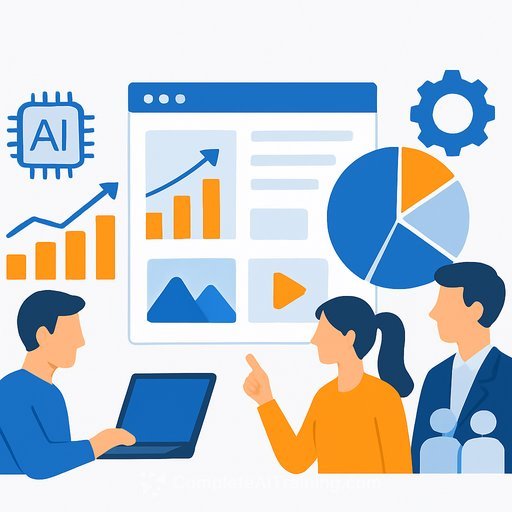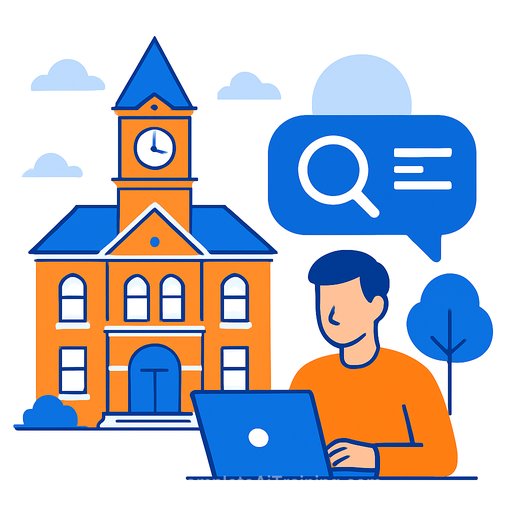Salesforce launches Agentforce 360: AI agents move into Slack as your marketing workspace
Salesforce officially launched Agentforce 360, embedding virtual agents across its stack with Slack as the primary interface. For marketing teams, this shifts day-to-day work into chat-driven workflows while exposing familiar risks: fragmented data, unclear ROI, and rising subscription costs.
The pitch is simple: one place to query data, execute tasks, and orchestrate campaigns - with stronger controls to keep responses on-brand and auditable. Whether it pays off will depend on your data foundation, a clear use-case roadmap, and tight cost governance.
Slack becomes the front door to Salesforce
- Conversational AI in Slack: Ask for customer insights, update records, and trigger workflows directly in chat with enterprise controls for privacy and governance.
- Agentforce apps in Slack: Modules for sales, service, IT and HR roll out this month; broader availability expected in early 2026.
- Enterprise search: New connectors for Gmail, Outlook and Dropbox turn Slack into a unified search and workflow hub.
- Voice handoff: Agentforce Voice offers live transcription and lets human agents take over mid-conversation to protect CX continuity.
In short: Slack is no longer just messaging. It's the operational front end for Salesforce data and agents.
Reliability and control: reducing AI guesswork
- Agent Script (beta in November): A human-readable JSON scripting layer to define logic, steps, and guardrails for agent behavior.
- Reasoning models: Agents "think before responding," drawing on models from Anthropic, OpenAI and Google Gemini to handle context and logic more reliably.
- Agentforce Builder: No-code design, test and debug tools so teams can iterate on agents before production.
Salesforce says these controls build on 12,000+ implementations and are meant to move customers past pilot purgatory. As Marc Benioff put it, "We're giving businesses a control tower for every signal across the customer journey."
What this means for marketing
- Faster ops: Campaign briefs, audience pulls, and approvals can run in Slack threads with embedded data and automations.
- Proactive CX: Agents can surface churn risks, answer product questions, or trigger next-best actions without switching tools.
- Personalization at scale: If your data is clean, agents can generate segments, copy variants, and offers aligned to real-time signals.
- Guardrails matter: Keep humans-in-the-loop for brand voice, regulated claims, and high-impact decisions.
Costs and ROI: keep the stack from bloating
Licensing will be a sticking point. Expect overlap across Salesforce core clouds, Slack, Data Cloud, and Agentforce. Without a plan, your total cost can exceed building internal AI layers.
- Cost control: Map licenses by persona, turn off unused features, and set procurement hold points for new seats and connectors.
- ROI baseline: Track hours saved, cycle-time reduction, conversion lift, and CSAT impact. Tie every agent to a KPI and owner.
- Pilot guardrails: 60-90 day pilots, fixed scope, weekly value reviews, and a go/no-go tied to measurable outcomes.
Data readiness is non-negotiable
- Identity: Solid profiles and consent management across channels.
- Taxonomy: Clear naming for campaigns, offers, products, and events so agents can reference the right objects.
- Accessibility: Data where agents can reach it with proper permissions and audit trails.
- Unstructured to structured: Salesforce's Context Indexing, powered by Data 360, extracts and organizes unstructured data for Agentforce and is expected to be generally available later this month.
90-day implementation plan
- Week 1-2: Choose two high-value use cases (e.g., audience pulls, FAQ response for launches). Define success metrics and risks.
- Week 3-4: Set Slack governance (channels, permissions, data access). Configure enterprise search connectors and audit logging.
- Week 5-6: Build in Agentforce Builder, codify guardrails with Agent Script, and design human handoff paths.
- Week 7-10: Run pilot with daily QA, brand checks, and red-team tests on edge cases.
- Week 11-12: Evaluate ROI, finalize runbooks, and scale to a second use case if targets are hit.
Risks to monitor
- Off-brand outputs: Lock prompts, tone, and approved sources; enable review queues for external copy.
- Compliance: Enforce data minimization, PII masking, and region-aware routing.
- Drift: Re-test prompts and scripts after model updates; version everything.
- Shadow process: Prevent "agent sprawl" with an intake form, a registry, and a monthly audit.
- Over-automation: Keep humans on high-impact customer moments and anything tied to legal claims or offers.
Bottom line
Agentforce 360 pushes Salesforce toward a conversational workspace where Slack is both interface and data engine. The upside is clear: faster insights, smoother CX, and scalable personalization. The risk is also clear: without clean data, transparent pricing, and hard ROI, it's a costly experiment.
If you're ready to pilot, start with two use cases, instrument metrics from day one, and make data quality your first investment.
Helpful resources
Your membership also unlocks:






